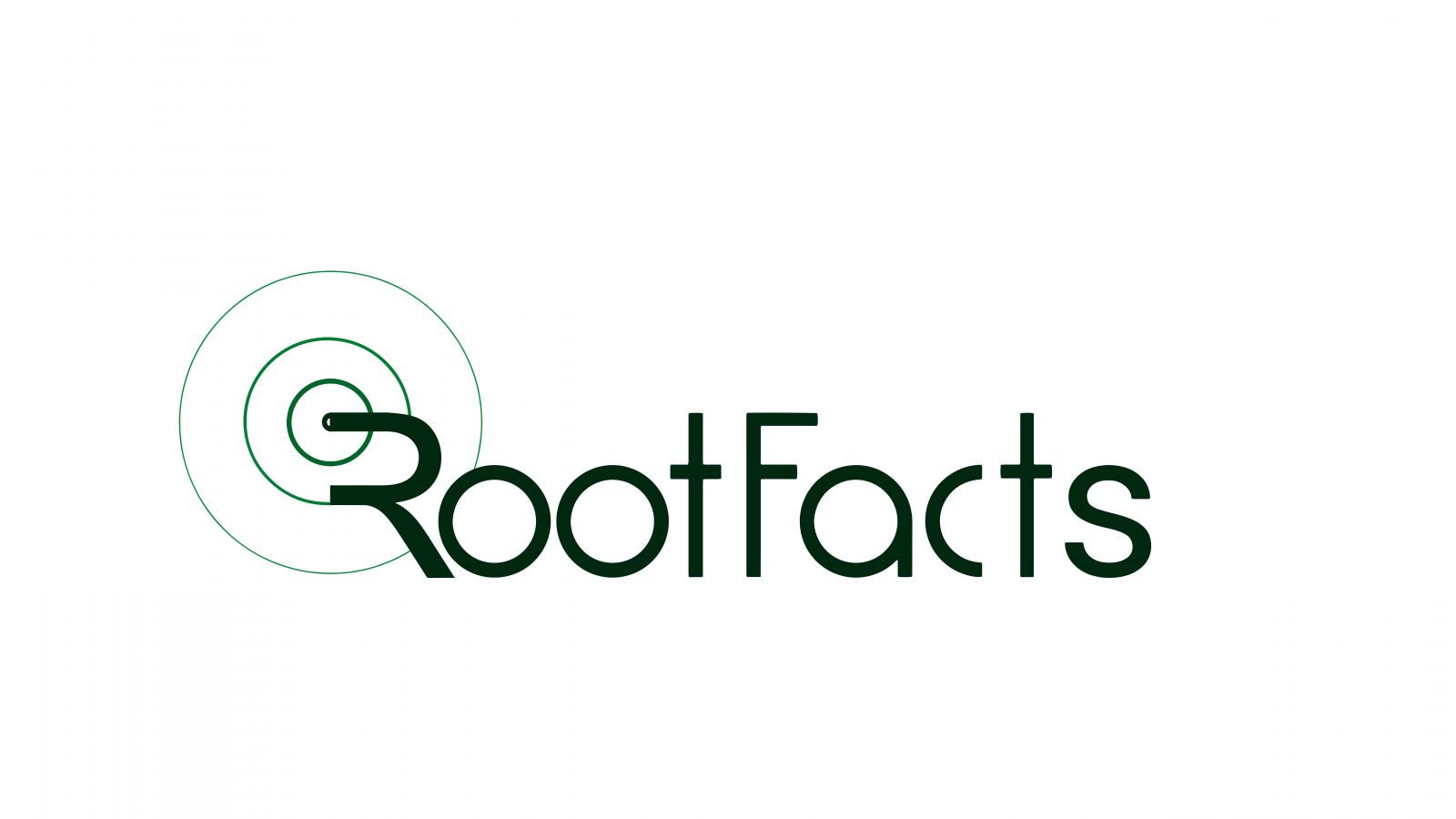Case Study 1
Optimizing Workplace Management With Human Resource
Challenges
Traditional methods for assessing workplace ergonomics rely on self-reported data or occasional physical evaluations, which may not capture the full picture. Additionally, monitoring employee well-being can be challenging without clear indicators.
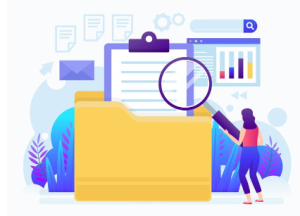
Impact
Poor workplace ergonomics can lead to musculoskeletal disorders (MSDs), reduced productivity, and increased worker absenteeism.

Solution
A company can provide employees with wearable sensors that track posture, movement patterns, and even stress levels. This data can be analyzed by HR in conjunction with safety professionals to identify potential ergonomic risks in the workplace. Additionally, data on stress levels can be used to develop wellness programs and improve employee well-being.

Benefits
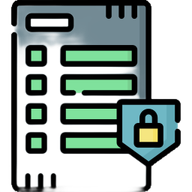
Reduced risk of MSDs and improved employee health by identifying and addressing ergonomic issues.

Increased employee productivity and well-being through data-driven insights.
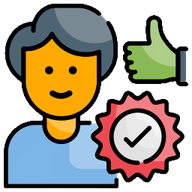
Improved worker satisfaction by demonstrating a commitment to a safe and healthy work environment.

Potential for lower healthcare costs associated with work-related injuries.
Case Study 2
Streamlining Onboarding and Training with Smart Badges and Location Tracking
Challenge
Traditional onboarding and training processes can be time-consuming and lack personalization. HR departments struggle to track employee progress and ensure new hires are adequately prepared for their roles.
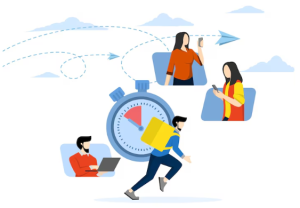
Impact
Inefficient onboarding can lead to decreased employee engagement, lower productivity, and higher turnover rates.

Solution
A company can equip new hires with smart badges that grant access to secure areas and provide location tracking data. This data can be used to personalize onboarding experiences by directing them to relevant training materials or resources based on their location within the facility. Additionally, smart badges can trigger automated notifications for follow-up meetings or check-ins with mentors.

Benefits

Faster and more efficient onboarding processes with personalized experiences for new hires.
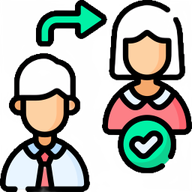
Improved employee engagement and retention through a smoother onboarding experience.

Reduced costs associated with traditional onboarding programs.
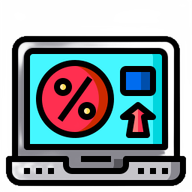
Valuable data on employee movement patterns for optimizing workspace layouts and resource allocation.
Case Study 3
Enhancing Employee Safety with Environmental Sensors and Wearables
Challenge
Some workplaces may have inherent safety risks that are difficult to monitor continuously. HR departments need to ensure employees are aware of potential hazards and have the proper safety equipment readily available.

Solution
A company operating in a high-risk environment can deploy environmental sensors to monitor factors like air quality, noise levels, and temperature. Additionally, employees can be equipped with wearables that detect potential hazards like falls or exposure to harmful substances. This data can be used by HR and safety specialists to identify potential risks and implement preventive measures.

Benefits

Improved workplace safety by proactively monitoring environmental hazards and employee well-being.
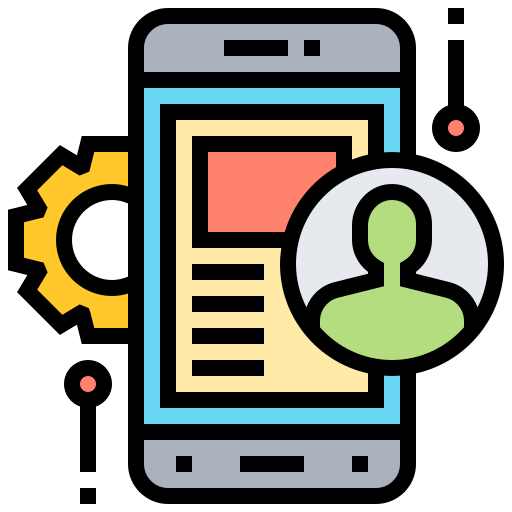
Reduced risk of accidents and work-related injuries.

Lower workers' compensation costs due to improved safety protocols.

Demonstrates a strong commitment to employee safety, fostering trust and improving morale.
These cases highlight how HR can leverage data collected through IoT technologies to improve employee well-being, safety, and training processes within a company. It’s important to remember that successful implementation requires collaboration between HR, IT, and safety departments to ensure responsible data collection and utilization that prioritizes employee privacy and ethical considerations.
